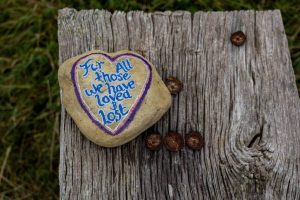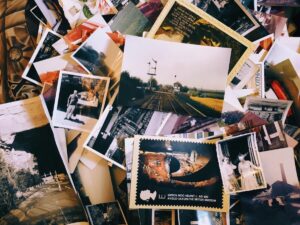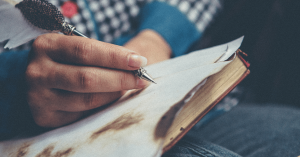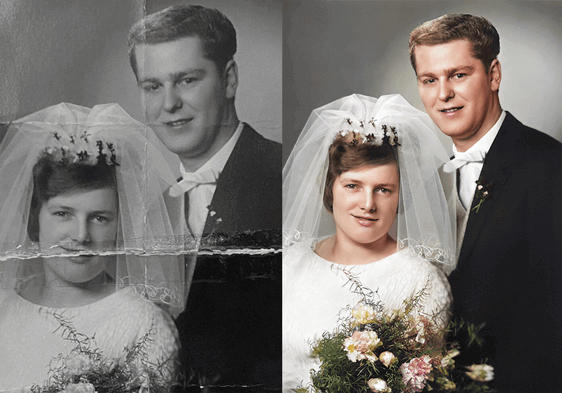Researching your family tree can be a fulfilling and enlightening experience. By delving into your ancestry, you can gain a deeper understanding of who you are and where you come from. While traditional genealogy records such as birth certificates and census reports provide valuable information on your ancestors, genealogy photos can be an excellent resource for uncovering hidden clues and preserving family memories. In this article, we will explore how you can use genealogy photos to unlock the secrets of your family tree.
The Importance of Genealogy Photos in Family History Research
Genealogy photos serve a vital role in family history research. They can help you preserve memories and stories, visualize ancestral connections, and uncover hidden clues. Let’s take a closer look at each of these benefits.
Preserving Memories and Stories
Photos capture unique moments in time and help preserve family memories. Genealogy photos can provide insights into your family’s shared history and help you better understand your ancestors’ experiences. By looking at old family photos, you may be able to learn about important events and traditions, understand family dynamics, and see how your family has evolved over time.
For example, you may come across a photo of your great-grandparents on their wedding day. This photo can provide a glimpse into their relationship and the time period in which they lived. You may notice the clothing they wore, the decorations in the background, and the expressions on their faces. All of these details can help you paint a picture of what life was like for your ancestors.
Additionally, photos can also help you preserve family stories. By looking at old photos with family members, you may be able to hear stories about your ancestors that you may have never heard before. These stories can provide valuable insights into your family’s history and help you better understand your roots.
Visualizing Ancestral Connections
Photos can also help you visualize how your ancestors were connected to one another. By examining family photos, you may discover previously unknown family relationships or gain a better understanding of how family members fit into your family tree.
For example, you may come across a photo of your great-great-grandparents with their children. By examining the photo, you may notice that one of the children looks very similar to your great-grandfather. This observation can help you confirm your great-grandfather’s parentage and add another branch to your family tree.
Additionally, photos can also help you understand the relationships between family members. For example, you may come across a photo of your grandfather with his siblings. By looking at the photo, you may be able to see the dynamics between the siblings and gain a better understanding of their personalities.
Uncovering Hidden Clues
In addition to preserving memories and visualizing ancestral connections, genealogy photos can also provide valuable clues to help you build your family tree.
For example, a photo may include important dates, locations, and names that can help you fill in missing pieces of information. Additionally, photos may reveal occupations, social status, and other details that can help you gain a deeper understanding of your ancestors’ lives.
Furthermore, photos can also help you identify ancestors who may have been previously unknown. For example, you may come across a photo of a group of people that includes an individual who you do not recognize. By doing some research and examining other photos, you may be able to identify this individual and add them to your family tree.
Conclusion
Overall, genealogy photos are an important tool for family history research. They can help you preserve memories and stories, visualize ancestral connections, and uncover hidden clues. By incorporating genealogy photos into your research, you can gain a deeper understanding of your family’s history and create a more complete family tree.
Gathering and Organizing Your Genealogy Photos
Now that you understand the importance of genealogy photos in family history research, the next step is to gather and organize your photo collection. Let’s explore some tips to help you get started.
Identifying Family Photo Collections
The first step is to identify any existing family photo collections. This may include old albums, loose photos, or photographs stored in other family artifacts such as a family Bible or scrapbook. Reach out to family members to determine if they possess any family photos that can be added to your collection.
It’s important to note that family photo collections can be a treasure trove of information, not just about the individuals in the photos, but also about the time period and social context in which they lived. For example, a photo of a family gathered around a Model T Ford can provide clues about the family’s economic status and social standing.
When identifying family photo collections, don’t forget to look beyond immediate family members. Consider reaching out to extended family members, such as cousins, aunts, and uncles, as well as family friends and neighbors who may have photos of your ancestors.
Scanning and Digitizing Images
The next step is to scan and digitize your genealogy photos. This ensures that your photos are preserved for future generations and makes them easier to share and access. There are many scanning services available or invest in a scanner to do this yourself. Make sure to scan at a high resolution so that you can zoom in on details and make prints later if needed.
Scanning and digitizing your genealogy photos can also be an opportunity to learn more about the individuals in the photos. For example, you may discover handwritten notes on the back of a photo that provide additional information about the date, location, or individuals pictured.
Once you have scanned and digitized your photos, consider backing them up to a cloud-based storage system or an external hard drive to ensure that they are protected in case of a computer failure or other disaster.
Creating a System for Organization
It’s important to create a system for organizing your genealogy photos to help you easily find and reference them. Start by organizing your photos by family branch and noting the names, dates, and locations of each individual in the photo. Consider using software or an online service that specializes in genealogy photo organization.
When organizing your genealogy photos, don’t forget to add context to each photo. This may include information about the time period, social context, and any interesting stories or anecdotes about the individuals pictured. Adding this information can help bring your ancestors to life and make your family history research more engaging and meaningful.
Remember, organizing your genealogy photos is an ongoing process. As you discover new photos and information, make sure to add them to your collection and update your organization system accordingly.
Analyzing and Interpreting Genealogy Photos
After you have gathered and organized your genealogy photos, the next step is to analyze and interpret them. Let’s explore some strategies to help you better understand your family history through genealogy photos.
Genealogy photos can be a treasure trove of information about your family history. By analyzing and interpreting these photos, you can gain a deeper understanding of your ancestors and their lives. Here are some tips to help you get started:
Dating and Identifying People in Photos
The first step in analyzing genealogy photos is to date and identify the people in the image. Look for any clothing, hairstyles, or backdrops that may provide clues to the date the photo was taken. This can help you place the photo in a specific time period and narrow down the possible identities of the people in the photo.
Once you have a rough idea of when the photo was taken, work to identify the individuals in the photo. This can be a challenging task, especially if the people in the photo are not labeled. Work with family members and look for similarities in other pictures to help put names to faces. You can also use online resources, such as ancestry websites and genealogy forums, to help identify unknown individuals in your photos.
Recognizing Family Resemblances
Genealogy photos can help you identify physical traits that have been passed down through your family. Make note of any shared physical characteristics between family members. This can include things like eye color, facial features, and even body type. By identifying these shared traits, you can hypothesize about shared traits with ancestors from generations past.
For example, if you notice that several family members have a distinctive nose shape, it’s possible that this trait was passed down from a common ancestor. By tracing this trait back through your family tree, you may be able to identify the ancestor who first had this nose shape.
Decoding Symbols and Context
Family photographs also often have subtle clues in the context of the photo and in symbols or objects. These clues can provide valuable information about your ancestors’ lives and help you better understand their experiences.
For example, if you have a photo of your ancestors standing in front of their home, you can learn a lot about their living conditions and social status. The style of the home, the condition of the yard, and the presence of any animals or vehicles can all provide clues about your ancestors’ lives.
Similarly, if you have a photo with a coat of arms in the background, this can provide information about your family’s history and social status. Researching the coat of arms and its meaning can help you better understand your family’s heritage.
Overall, analyzing and interpreting genealogy photos can be a fun and rewarding way to learn more about your ancestors. By using these strategies, you can unlock the hidden stories and secrets in your family photos and gain a deeper understanding of your family history.
Using Genealogy Photos to Enhance Your Family Tree
Finally, let’s explore how you can use genealogy photos to enhance your online family tree and share your family history with others.
Adding Photos to Your Online Family Tree
Online family tree platforms, such as Ancestry and FamilySearch, enable you to easily integrate photos into your family tree. This allows you to provide visual representations of your ancestors and can help you share your family history with others.
Creating Visual Family Histories
Gather your photos and create a visual family history to share with relatives and future generations. This can be a great way to capture the attention of younger generations and bring family history to life.
Sharing Photos with Relatives and Researchers
Finally, be sure to share your genealogy photos with relatives and researchers. They may be able to identify individuals in the photos and provide additional insights into your family history.
Conclusion
In conclusion, genealogy photos are a valuable resource for unlocking the secrets of your family tree. Whether you’re analyzing photos for hidden clues or using them to build a visual family history to share with others, genealogy photos provide unique insights into your family’s shared history and provide a deeper understanding of your own identity. By following the tips outlined in this article, you can begin to unlock the secrets of your family tree through genealogy photos.
